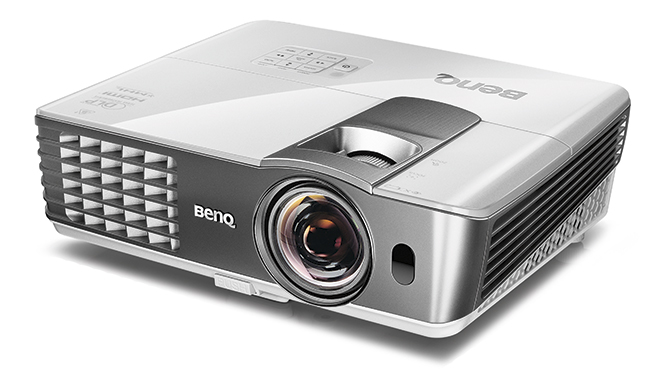Projector
Projector
A projector is an output device that can take images generated by a computer or Blu-ray player and reproduce them onto a screen, wall, or other surface. Typically, the surface projected onto is large, flat, and lightly colored. For example, you could use a projector to show a presentation on a large screen so that everyone in the room can see it. Projectors can produce either still (slides) or moving images (videos).
The first carousel slide projector was patented on May 11, 1965 by a man named David Hansen. The digital projector we know today was created by Gene Dolgoff in 1984, although he came up with the concept for it in 1968.
There are two types of digital projectors :
• Liquid Crystal Display (LCD) digital projectors
• Digital Light Processing (DLP) digital projectors

Digital Projector
LCD Projectors
LCD (short for "liquid crystal display") projectors use the same techniques LCD televisions do to project their image. The projector reflects the video signal off of thousands of tiny mirrors inside the projector itself, allowing for improved clarity and resolution when the image is projected onto a screen. LCD projectors are the easiest kind to make, which in turn makes them the most affordable kind to buy.
DLP Projectors
DLP (short for "Digital Light Projection") projectors are coveted for their amazing image quality. They are much more expensive to produce than LCD projectors, which makes them much more expensive to buy. They employ tiny devices called "micromirrors" to display their image which leads to a perfect digitally projected image when projected onto a screen. Unlike LCD projectors, a DLP projector can display each primary color simultaneously, which leads to incredibly faithful color levels when projecting an image. Many movie theaters have started to use DLP projectors in their projection booths.
